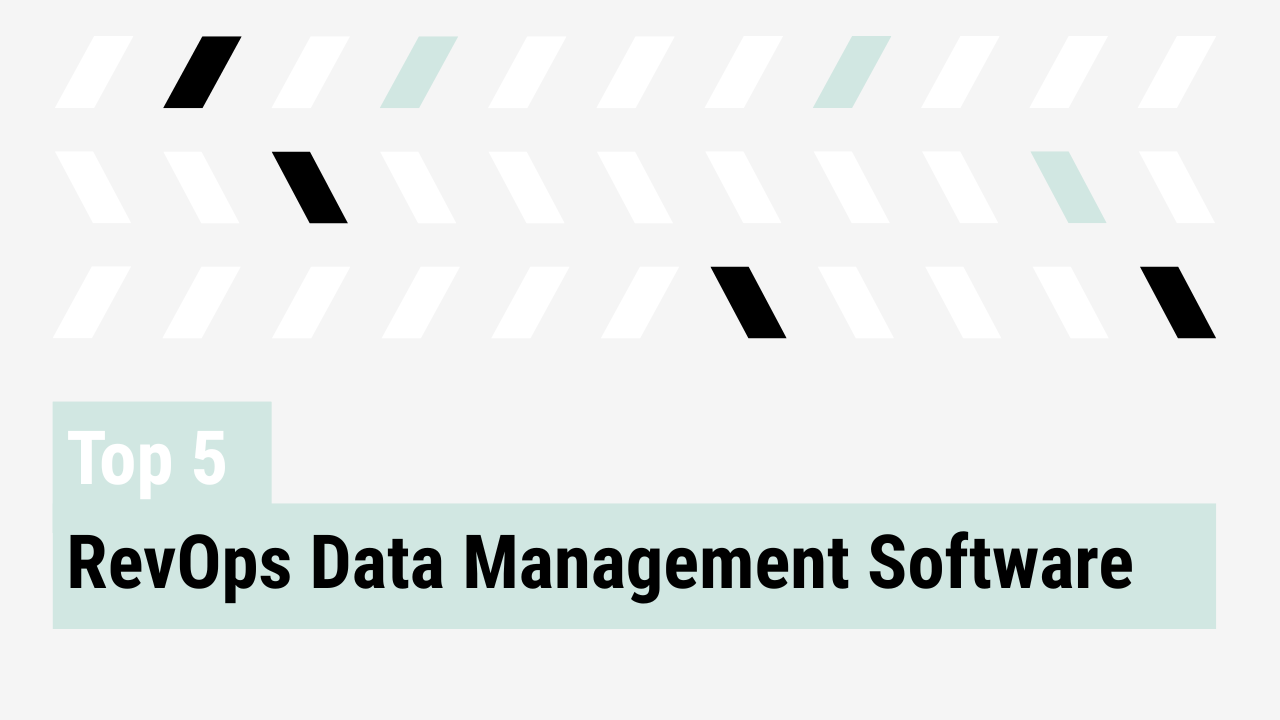Ryan Milligan, RevOps leader, shares how he expanded his scope to lead the entire GTM function, with lessons on data credibility, operational leadership, and aligning go-to-market strategy.
Ryan Milligan earned a seat at the table and helped define its structure. As VP of sales, marketing, and RevOps at QuotaPath, he unifies all three functions to create meaningful go-to-market alignment. In this conversation, Ryan shares how he applied data fluency, operational precision, and strategic momentum to transition from RevOps into top-line leadership, and what others can take from that experience.
How do you define revenue operations (RevOps) and its role across the customer journey?
RevOps owns the customer journey from first touch through renewal. Ryan describes it as the operational conductor for sales, marketing, customer success, and product ops, especially in product-led environments. The goal is orchestration: aligning people, systems, and processes to support consistent execution across the GTM engine.
How did you build trust with leadership and earn a seat at the table as a RevOps leader?
Ryan’s credibility came from mastering the data.
“My real way into that seat at the table was understanding our data really well and understanding the drivers of why we were beating in some cases and missing in some others our plan.”
By owning board reporting and building the BI layer, he became a trusted partner in understanding performance and identifying action.
What role did data and SQL proficiency play in your transition from RevOps to sales leadership?
Hands-on data skills gave Ryan strategic clarity. He built the company’s analytics foundation and used it to model key levers like gross revenue retention and average contract value. That visibility helped inform key business decisions and establish his voice in executive conversations.
Can you walk us through the contract shift you led from month-to-month to multi-year deals, and how RevOps enabled that?
Analyzing retention data across contract lengths revealed a clear opportunity. Using compensation levers and process changes, Ryan guided the organization through a rapid transformation.
“We shifted from like 15% of our revenue in two-year contracts to like 85% quarter over quarter… using the comp plan and using the systems in place.”
He removed short-term options, adjusted incentives, and enabled reps to pursue longer-term commitments.
How did you position yourself to take over sales and marketing leadership without prior sales experience?
Ryan focused on product fluency and buyer knowledge.
“I really know the buyer of this product incredibly well. I am that buyer.” As the person who designed and managed commissions internally, he brought both context and credibility. His RevOps background gave him experience across the funnel, and he framed the transition as a logical next step for someone already embedded in go-to-market execution.
What have you learned about building sales culture and leading a team from an operational background?
“I had never carried quota or closed a deal,” Ryan notes. He was transparent about his experience and brought focus to where he could lead: process clarity, enablement, and efficiency. He encouraged his team to take ownership of culture and energy.
“I can bring the operational discipline. You bring the energy. Let’s do it together.” That balance built credibility and trust.
What are the advantages and trade-offs of overseeing sales, marketing, and RevOps together?
“It’s one go-to-market team. It’s not two teams that point fingers at each other for no reason.”
With unified leadership, cross-functional coordination improves. Sales and marketing operate on shared goals and shared context. It also allows leadership to think more holistically about the customer journey, aligning internal actions with buyer expectations from start to finish. The trade-off is time. Leading three teams requires delegation and clear structure, and it becomes difficult to spend as much quality time with each individual team as desired.
How should RevOps teams build and prioritize a roadmap to stay strategic and focused?
Start with a clear business objective. What has to happen for the company to succeed this year?
Evaluate each initiative through that lens. “Will this move the metric that matters?” becomes the central filter. Ryan encourages RevOps leaders to treat the roadmap like a product plan, with priorities, trade-offs, and clarity about what gets deferred.
Go Deeper
If you enjoyed this Q&A, check out the full conversation with Ryan Milligan, RevOps leader, at YouTube or Spotify.
About AccountAim
AccountAim is the planning and analytics platform built for Strategic RevOps teams. With AccountAim, RevOps teams connect all of their fragmented GTM data, automatically snapshot and see trended changes over time, and build full-funnel reporting — all without SQL or data team support. Learn how Strategic RevOps teams use AccountAim to streamline forecasting, territories, cross-sells and more here.



